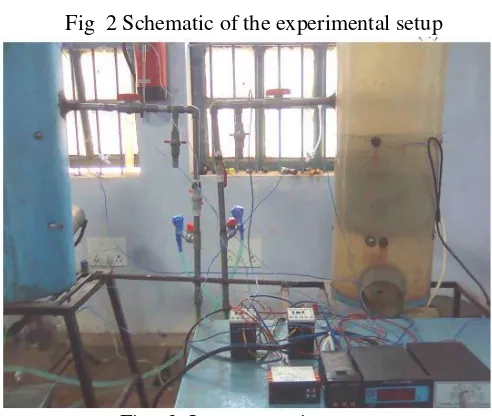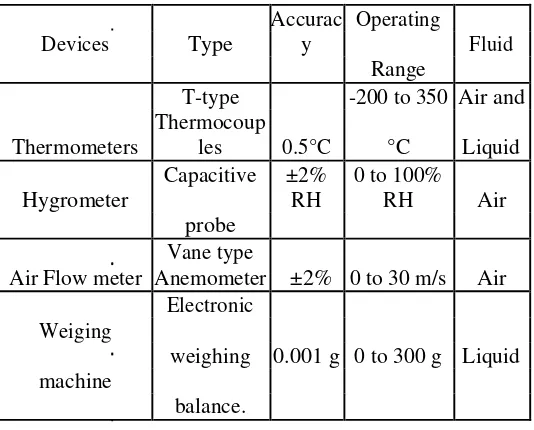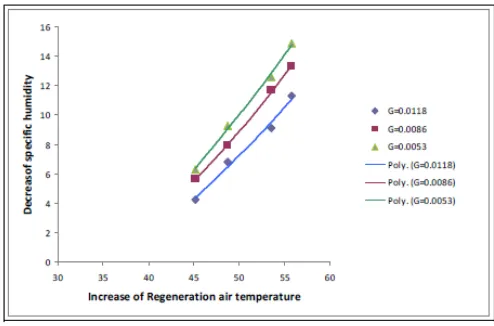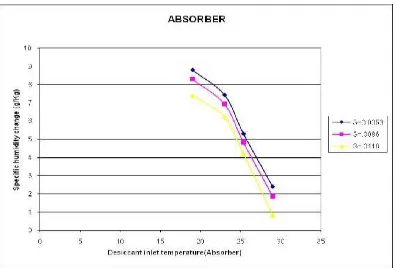Experimental Analysis Of A Liquid Desiccant Dehumidifier Using Aqueous Calcium Chloride Solution
Full text
Figure




Related documents
With the exception of the approval page, the statement of authenticity page, and the dedication page, all other pages prior to the introduction should be numbered in
Figure 6 below shows the graph for different values of network loss v/s the simulation run-time keeping the total number of nodes fixed at 3000..
Besides, the customers’ perceptions about the services rendered by the Advertising Agencies vary significantly across their level of education, the different types of customers,
The primary outcome was defined as the proportion of clinical responders who experienced a > 20% improvement in 2 of the following measures from baseline to 6 months:
Background: This study investigated the effectiveness and feasibility of day 4 (D4) morula embryo transfer (ET) in compar- ison with day 5 (D5) blastocyst ET, with regards to
8(a),(b),(c),(d) shows the response of the average output Voltage, output current , average output current of module1 and average output current of module2 of paralleled
The researcher concluded that Urwego Opportunity Bank use adequate retention strategies helps in improving employee satisfaction and then low level of employee
• The prevalence of pain in our hospital is 35% • The prevalence of pain (NRS> 3 ) is 26.56 % • Pain influences the mood. • Intensity of pain in both men and women